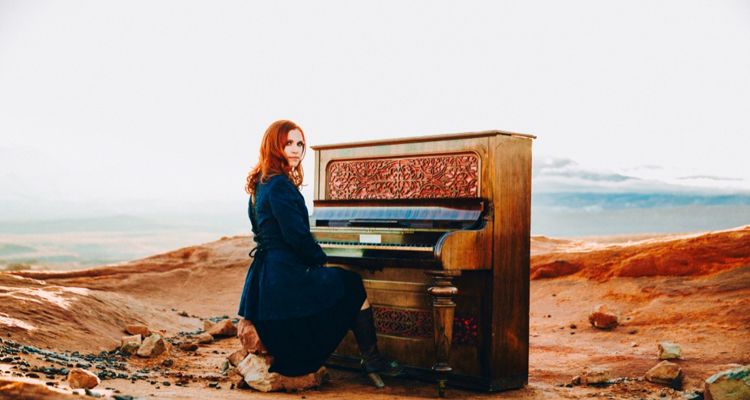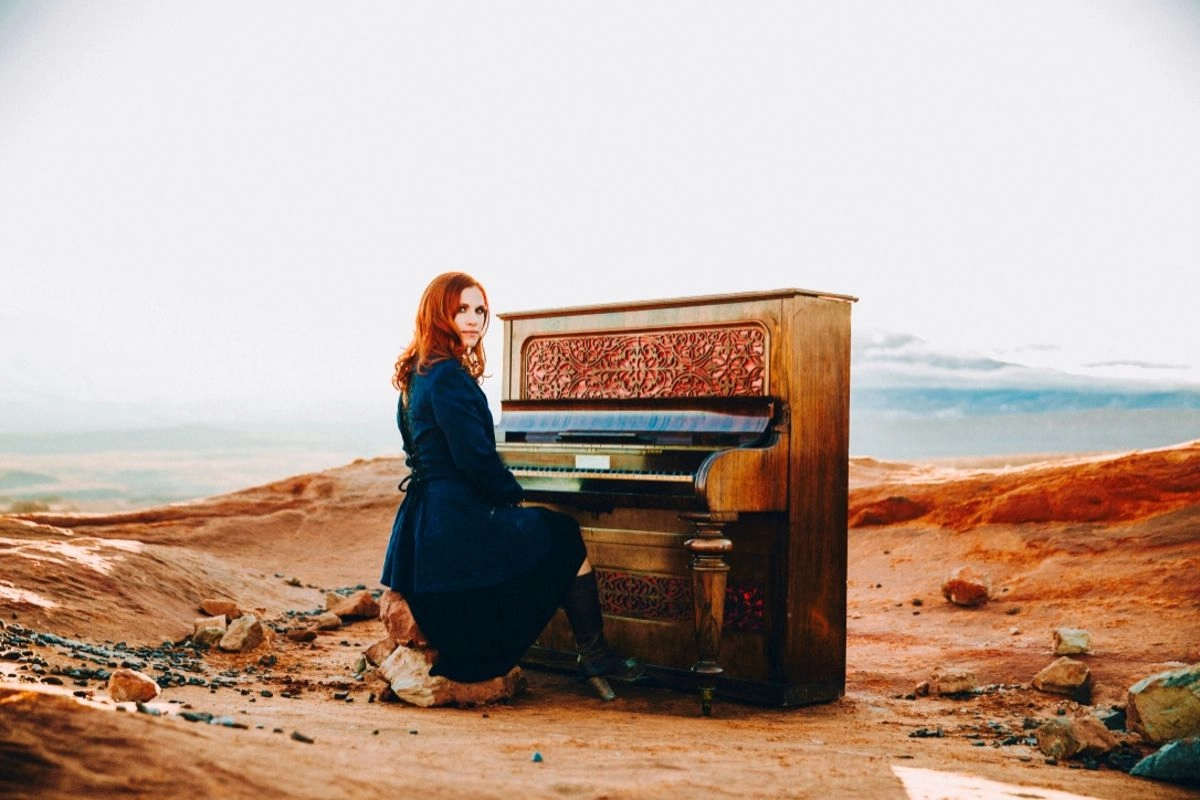
Photo Credit: Robyn Cage
Robyn Cage is hard at work on her third studio album in Utah, but she found the time to speak with Digital Music News about sync licensing.
The following was created in collaboration with Songtradr, part of a broader partnership focused on the sync licensing space. Be sure to check our ongoing coverage of this fast-growing sector here.
Synchronization licensing is one of the more opaque areas of the music industry, especially for independent artists. How do you get your music heard by music supervisors on projects? How do you navigate the complex world of metadata to make sure everyone who worked on the project is compensated fairly? Robyn answers some of these burning questions for beginners and more while sharing her passion – creating original music.
DMN: Hi Robyn, thanks for being here. Can you tell me a little bit about what the process was like, getting started with Songtradr?
Robyn: I know a lot of artists are interested in creating music specifically for licensing – but I’m just an artist. I make music I want to hear. So the extra step for me was making sure I had instrumentals for my tracks with proper metadata for my files. Going through the submission process with Songtradr was simple after that. It’s really an easy process to go through, it’s non-exclusive, and I’ve been with them for about three years now.
There’s a good amount of setup time that goes into it, don’t get me wrong. You have to plug-in all of the credits and metadata for your music. But when I get a license, the funds are automatically divided between us. The credits go in the front-end, but once you’ve got it set up it’s set it and forget it.
DMN: Is there anything about the sync licensing process you wish you had known before you got started?
Robyn: After three years, what I know now is it’s mostly the same songs in my catalog that get licensed over and over again. There are just certain songs that seem to be the licensable ones. That tends to be the more upbeat tracks, the positive, up-tempo beats that are licensed most. That’s something I think a new artist might want to focus on, if they’re getting into making music for targeting sync licensing deals.
It’s also really helpful when putting together a song pitch to know what type of emotions and feelings a music supervisor wants to evoke. That initial pitch may be all you get.
DMN: In your experience, what has been the best way to get your music in the ears of music supervisors?
Robyn: Having a home studio set up where you can turn around music really fast has been extremely beneficial to me. You can check the breakdowns on a daily basis, seeing what there’s a need for and being flexible to create tracks within a few hours that match a mood or tone for a specific project. If I wanted to do music licensing as a full-time income pursuit, that’s the way I would go.
For me it’s been an awesome source of supplemental income, but it comes very sporadically. Every once in a while I get a good placement, but you never know what’s going to happen.
DMN: What has been the most effective promotional tool for your music?
Robyn: Oh, Songtradr has definitely been the most effective for me. I have a reminder on my phone that tells me every day to check Songtradr. Every day, I’m checking the breakdown to see what they need. Sometimes opportunities stay over multiple days – but that’s pretty rare. Most of the time they go really fast. So I like to check every day and submit my music to any projects that I feel might be a good fit for the music I create.
DMN: You mentioned that your upbeat and positive vibes music tends to get licensed more. Any sync licensing tips for musicians who tend to write darker compositions?
Robyn: Hmm, that’s a good question. One of my songs that gets placed a lot is lyrically quite dark, but if you listen to just the instrumental track it sounds quite fun. For darker or more somber music, it really depends on the genre.
Right now, anything that has a Latin sound or a hip-hop sound is really in demand. If that’s your wheelhouse, any artist that does that is gonna be in good shape right now. If someone makes darker pop music, my recommendation would be to reach out to music supervisors who are curating music for dark drama TV shows, like “American Horror Story.”
The timeline on music submission is also wildly different than what you might expect. Like a couple months ago you would see a lot of requests for holiday and Christmas-related stuff. Music needs for holiday productions can run anywhere from three to six months ahead of the holiday – so having music ready to go to fit that mood is a great foot in the door.
DMN: Tell me a little bit more about what you’re working on, outside of your licensed music.
Robyn: I’m currently working on my third studio album and a podcast rock opera. It’s kind of like an audio drama with scenes and songs in each episode.
DMN: What is your favorite licensed project that features your work?
Robyn: Oh that’s a hard question to answer. Hmm. I think it would have to be the trailer for Fries the Movie. I know that’s a weird one, but I really like the placement. I also had a song that was used in Tyler Perry’s “Nobody’s Fool” that was a top-ten grossing movie in theaters for quite a while, so that was really fun. That song got quite a bit of exposure through that alone.
DMN: Any other tips or anything else you think artists interested in sync licensing should know?
Robyn: Here’s one thought I think is a direction a lot of people don’t go in. I’ve had my music placed in commercials, so I have connections with ad agencies. Someone who doesn’t have those connections should reach out to those agencies with a sampling of their music and instrumentals.
This is a highly targeted local thing. If that particular agency needs something created, they may reach out to you to see if you can turn it around in a few hours. Reaching out to a local producer to create a track for the commercial keeps everything local – so that’s one direction artists may go when getting started.

